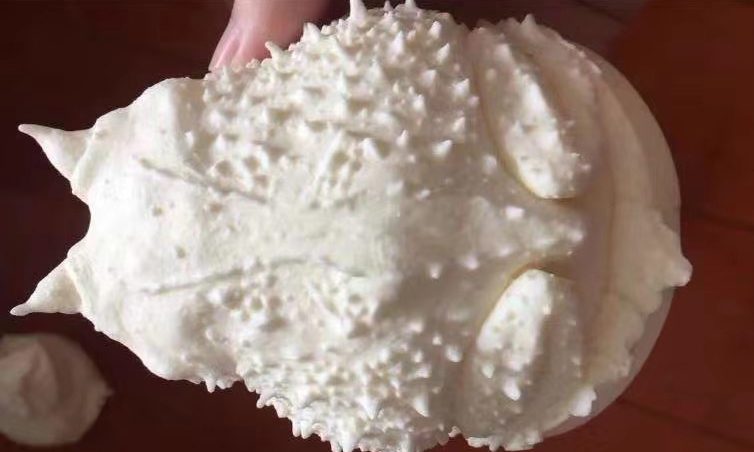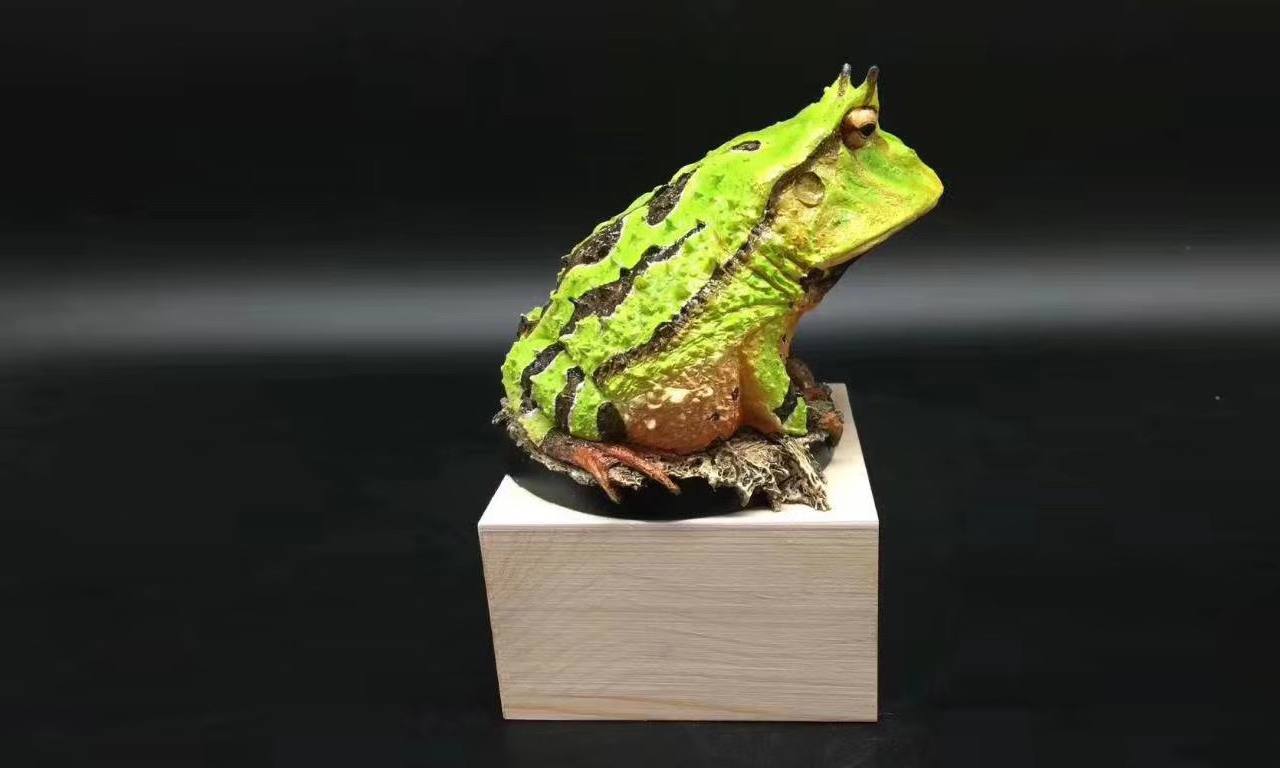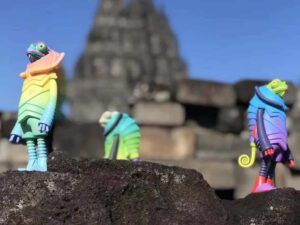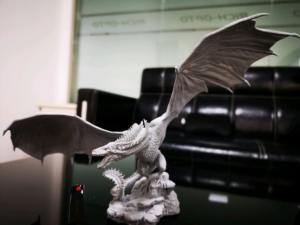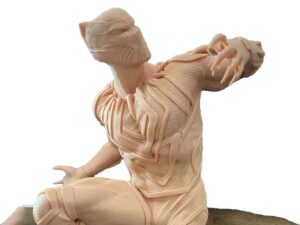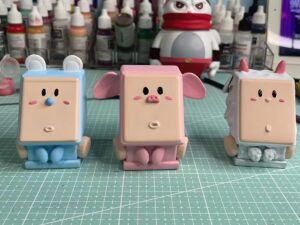- PolyJet 3D Printed Capsule Toys of Sakura Kimono Cats as Promotion Gifts
- SLA 3D Printed Figurine of Chinese Character As Graduation Project
Gallery
About Project
A frog is any member of a diverse and largely carnivorous group of short-bodied, tailless amphibians composing the order Anura. Frogs are widely distributed, ranging from the tropics to subarctic regions, but the greatest concentration of species diversity is in tropical rainforests. There are over 6,300 recorded species, accounting for around 88% of extant amphibian species. They are also one of the five most diverse vertebrate orders.
For the children in the city, there is a rare chance to see or even catch a frog. They can only see a frog in the textbook or watch the frog videos on YouTube. The 1:1 frog model would be a great tool for them to inspect the subtle color and texture on the skin of the frog from three dimensions. The fine painting process is really time-consuming and costs a lot, but it worths.
Challenge
In order to keep moist, frog skin contains glands that secrete a slimy mucous layer to protect the skin from drying out and help draw in oxygen through the skin. Our technician needs to be careful when sanding the surface of the frog to avoid losing the textures.
The painting process is also tiring as there are at least 5 colors on its skin and also radiant colors.
Solution
- Step 1: 3D modeling the frog and the plate and leaf it’s sitting on.
- Step 2: 3D printing the frog with an SLA 3D printer and Generic Resin.
- Step 3: Post-processing, includes support-removal, sandblasting, and painting.


